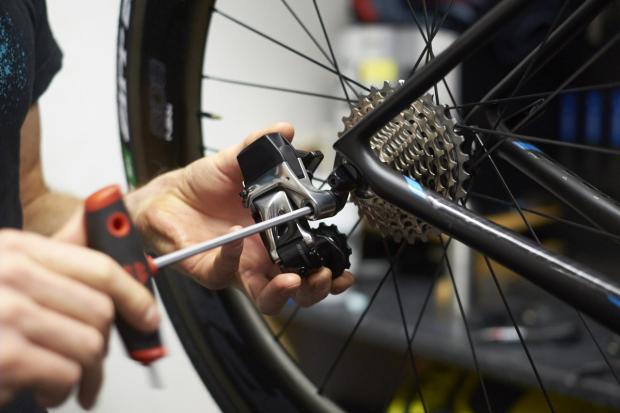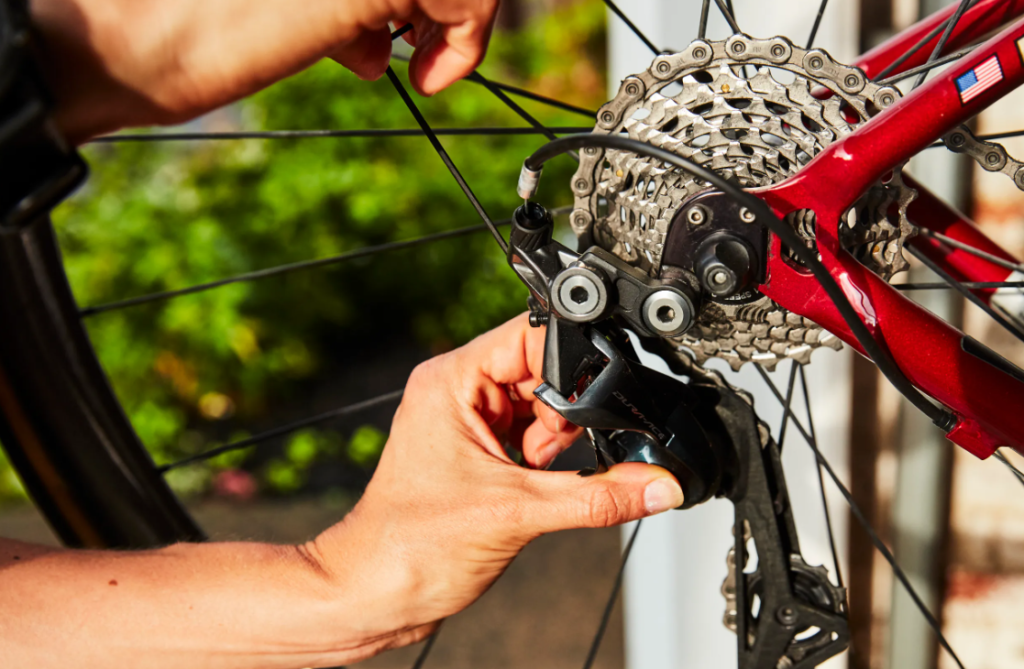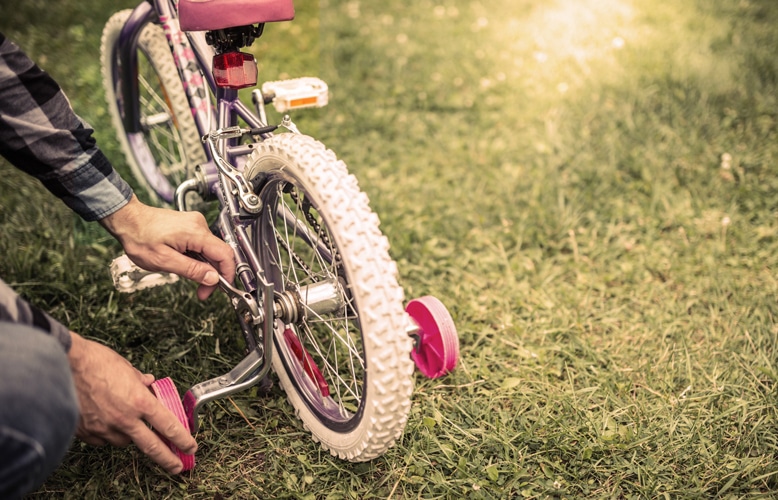- Trails
-
Bikes
-
Gear
-
Tips & Tricks
-
About us


Biking has always been a passion for you but as you get a bit older, suddenly there is a concern for your body. Will you be able to stay active while also protecting your vulnerable joints? This naturally leads to the question, is biking bad for your knees? While knee injuries are unfortunately common among bikers, this does not automatically mean that the sport is actually bad for your knees. Instead, there are a number of factors that result in knee injuries and if you are aware of them, and know how to adjust your practice of the sport, you can indeed prevent knee injuries from happening.
You may be wondering just how biking can impact your knees. It is one of the easiest ways to maintain the health of your joints, especially your knees. Below you’ll find some of the benefits of cycling for your knee health.
Cycling is a low-impact activity, meaning it doesn’t put as much pressure on your joints as other high-impact workouts like running. As you sit for most of the ride, you bypass putting too much strain on your feet and leg joints.
Cycling can be an excellent exercise for those recovering from knee ligament injuries because it’s low-impact and allows for slow, controlled movements. Cycling can help to build strength and flexibility in the knee joint, which can aid in recovery.
One of the great things about cycling is that you can adjust your position as you ride. You can choose to sit upright or lean over the handlebars slightly, depending on what feels most comfortable for you. This flexibility can help you avoid sore muscles and joint pain during longer rides.
If you’re recuperating from a knee injury, you can remain active without putting yourself at risk of further harm by taking up cycling. Cycling enables you to engage various leg muscles with slow, controlled movements. With each pedal stroke, your knees are worked from different angles, allowing you to build strength and increase flexibility in the joint.
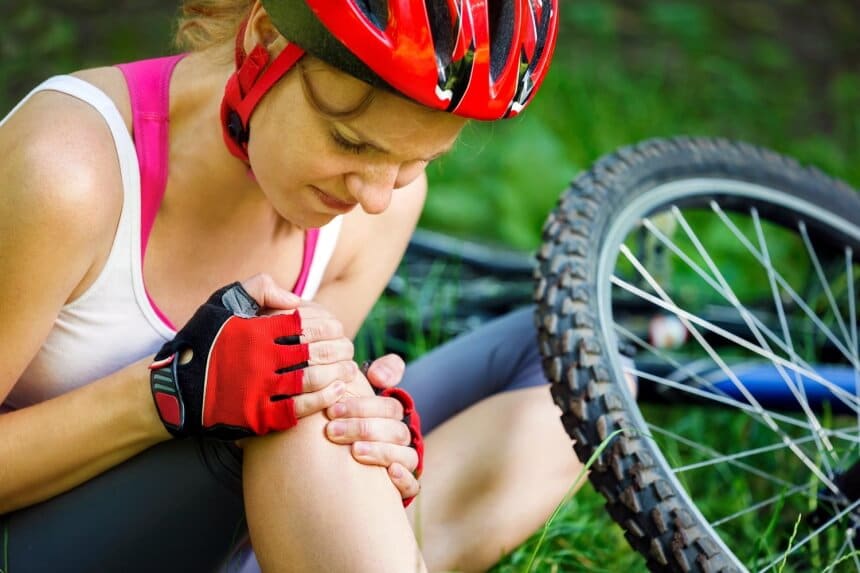
Cycling should be enjoyable. While you may certainly feel exhausted after a long bike ride, this should be in a good way and not a painful way. If you feel like parts of your body are screaming in pain while you are riding a bike then you need to stop right away and adjust your equipment.
It may be that your seat is simply not at the right level or the pedals are not large enough.
There is also the possibility that your bike simply isn’t built strong enough for your weight. If you are a larger person, there are plenty of bike options for heavier riders, so always check out the maximum weight on a bike to find one that will work best for your body shape.
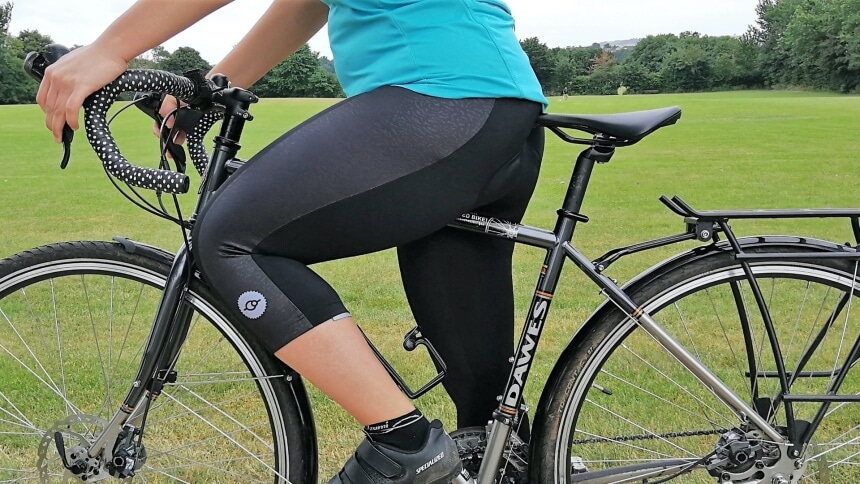
To make your experience more comfortable, and thus more natural, you should always start with a padded seat. The Bikally Comfortable Bike Seat is a good example as it features high-density foam padding. You won’t have to overcompensate with your legs and your knees because this seat will make the riding experience much more pleasurable.
As you ride along on your bike, you will want to change the gears as you adapt to your terrain. This can cause quite a bit of stress on your knees, so you want to be in as much control over the situation as possible. Those that are experienced cyclists will want to find a bike that offers a smooth transition when you quickly change gears. The Schwinn Volare is a men’s road bike that not only offers comfort as you ride but has smooth dynamics that won’t put unnecessary stress on your joints.
Unfortunately, there are some factors that cause knee injuries in bikers and a lot of them simply have to do with genetics. Doe your family have a history of knee injuries, surgeries, or even replacements? Have your knees always made a slight clicking sound, regardless of the activity?
This does not mean you need to give up cycling. Rather, it is important to know as it will help you minimize risks as you continue to enjoy your favorite sport.
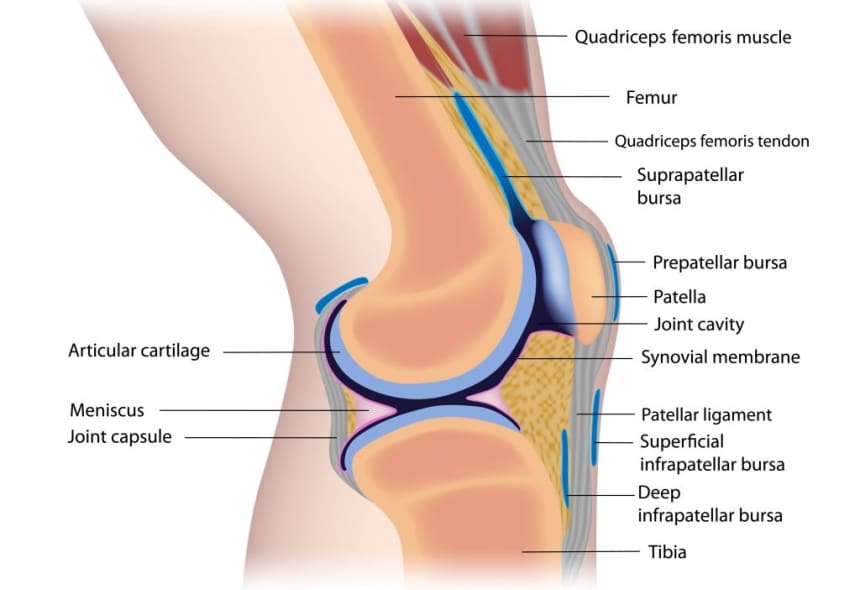
The back of your knee is home to a lot of moving parts. This posterior pain is often a result of misalignment of your hips or too much stress on your lower back. Remember that everything in your body works together and just because you have knee pain after biking does not mean that the problem is focused only on one area.

Finally, these areas are the sides of your knees. They can result in repetitive motions and strains as well as falling in an awkward manner.
Having the right equipment is certainly important when riding your bike but there are other preventative measures you can take before you even get on your apparatus.
Your quadriceps are a group of muscles found on the front part of your leg, above your knees. They are incredibly strong and work really hard, especially when biking. The stronger your quads are, the less work the rest of your legs need to do.
On your off-time, you can work to strengthen these muscles so that when you are biking they don’t suffer from fatigue and other weaker muscles and joints need to take over. Take a look at this video for some simple quad exercises you can do right at home:
You can purchase a bike online or in-store but if you are worried about if cycling is bad for your knees, you should always check the fit with a professional. They can make any adjustments you need for a proper fit that won’t compromise your safety.
You should also start with the right type of bike for your needs. Road cycling and mountain biking are very different sports, and for the most part, the two types of bikes are not interchangeable. There are also different niche categories of bikes. For example, these bikes are great if you are interested in training for a triathlon. With the right bike fit, your muscles and joint won’t have to strain and thus you can prevent common knee injuries from cycling.
We know how eager you are to get out on the road but before you mount your bike, you should engage in some light stretching. This will warm up your body and help your muscles get ready for a long cycle. Biking is very repetitive so if you can ease your body into the movements, it will be happier and there will be fewer injuries, especially with your knees.
Then, once you are finished riding, do a few more stretches. This will help loosen out kinks from a long cycle and help restore circulation. This video has some important stretches for before and after your ride:
No, biking every day is not bad for your knees, but it depends on factors such as pre-existing knee conditions, proper form, and bike fit. It’s crucial to consider these factors to avoid potential knee problems.
Yes, it is, as it involves a lot of high-impact activities like jumping, landing, and riding on rough terrain. If you already have knee injuries, mountain biking could worsen these issues. However, with proper technique, good bike fit, and adequate training, mountain biking is safe and won’t cause undue harm to your knees.
Electric bikes can be easier on your knees compared to traditional bikes because they provide pedal assistance, which means you don’t have to rely solely on your own leg power. This can be especially beneficial for those who have knee problems or injuries. By using an electric bike, you can reduce the amount of pressure on your knees, making it easier to ride for longer periods of time. However, it’s still important to use proper form and bike fit to avoid any potential knee issues.
Cycling is an intense sport so there is no surprise that it can cause a lot of injuries, chief among them knee injuries. However, there are many reasons why bikers can suffer hurt to their knees and once you dive into these, you will hopefully find many ways to prevent the injuries from happening in the first place. The wrong equipment or bike fit can impact your posture, which in turn can create more strain on your knee joints. To prevent this, invest in protective gear and a solid bike, and always talk to a bike expert who can make small adjustments to your ride. You can also add pre- and post-stretches to your routine to help lessen the strain on your joints. While the perception is biking is bad for your knees, there are plenty of ways to alter how you ride so that knee injuries are not a definite conclusion.

